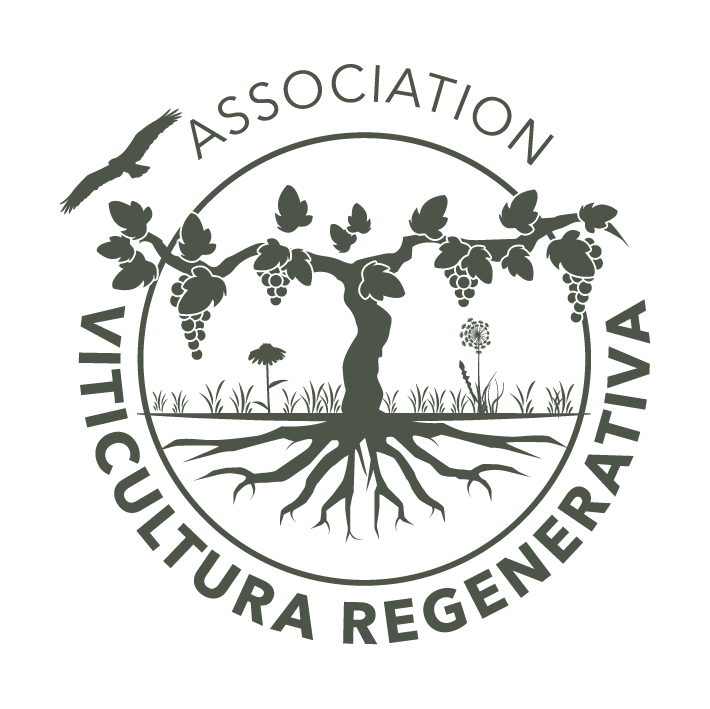Syntropic agriculture and its application in regenerative viticulture: The fusion of ancient wisdom and modern science
Introduction: In a world where viticulture faces growing environmental challenges, syntropic agriculture presents itself as a beacon of innovation and hope. This agricultural practice, devised by Swiss-Brazilian farmer and scientist Ernst Götsch, promises an alliance between production and ecosystem regeneration, offering a more sustainable future for vineyards around the world.
Origins of Syntropic Agriculture: Ernst Götsch has dedicated his life to developing agricultural systems that work in harmony with nature. Based on detailed observation of natural processes, Götsch has created a set of agricultural principles that mimic the cycles and structures of natural ecosystems, promoting biodiversity, soil regeneration and production efficiency.
Implementation in Viticulture: The application of Götsch's methodology to the cultivation of grapes implies a radical rethinking of vineyard management:
- Ecosystem-Based Design: The vineyard is planned as an interconnected ecosystem, where each element plays a role in the overall health of the system.
- Functional Diversity: Multiple species of plants and trees are introduced in and around vineyards, each selected for its ecological function, from fixing nitrogen to providing habitat for biological pest controllers.
- Syntropic Soil Management: Permanent soil cover and the use of green manures and cover crops are promoted to maintain and improve soil fertility without external chemical inputs.
Syntropic agriculture in viticulture seeks to maximize beneficial interactions between different plant species and soil microorganisms:
- Natural Pest and Disease Control: Biodiversity in the vineyard creates a less conducive environment for vine pests and diseases, reducing the need for chemical interventions.
- Resource Optimization: The syntropic system is designed to capture and recycle nutrients and water efficiently, minimizing the need for irrigation and fertilization.
Success Stories and Technical Advances: Vineyards that have adopted syntropic agriculture report promising results. Studies show that these vineyards not only maintain but improve the quality of their grape production while restoring the health of their ecosystems. Syntropic viticulture is becoming a model for agricultural research and sustainable practice.
Conclusion: Ernst Götsch's legacy and his development of syntropic agriculture provide a powerful framework for more sustainable and productive viticulture. By applying these principles in vineyards, winegrowers not only improve the health of their vines and the quality of the wine, but also contribute to the overall health of the planet, promoting biodiversity and soil regeneration.
Vineyards that have implemented syntropic practices become living case studies of how agriculture can coexist in harmony with natural ecosystems. Not only do these systems provide a rich and diverse habitat that protects and nourishes vines, but they also offer a replicable model that can be adapted and adopted in different wine-growing regions and contexts.
